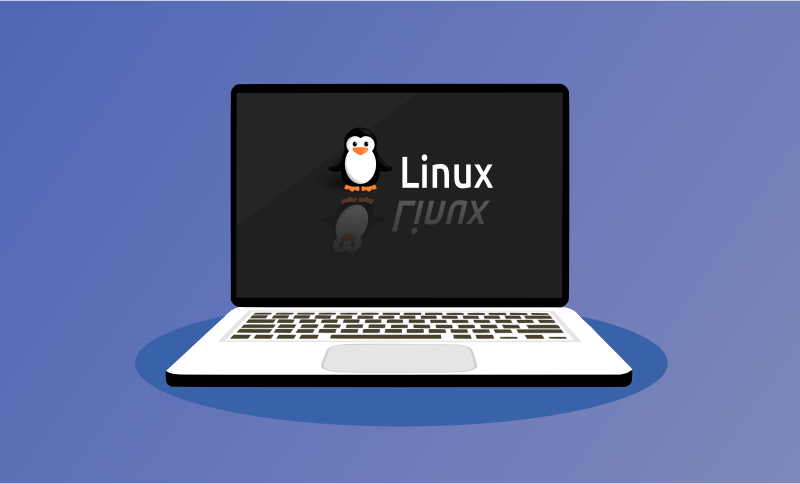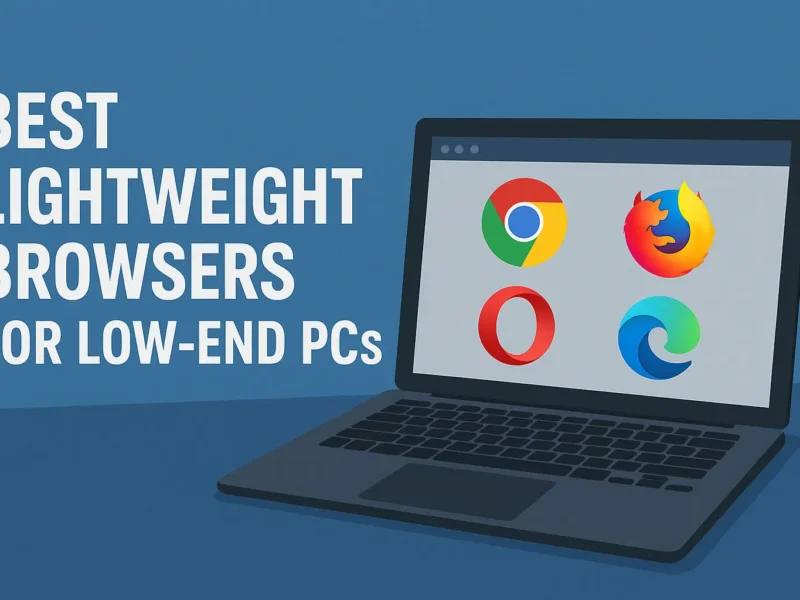Image Credit: openclipart.org
Are you looking to revive an old PC with a lightweight yet powerful operating system? In 2025, there are numerous Linux distributions designed specifically for low-resource hardware, offering speed, security, and a modern computing experience. Whether you want a basic system for web browsing or a full-fledged desktop environment, there’s a perfect Linux distro for you.
Why Choose a Lightweight Linux Distro?
Older computers often struggle with modern operating systems due to hardware limitations. Lightweight Linux distros:
- Require less RAM and CPU power
- Run smoothly on older hardware
- Provide security updates and stability
- Extend the lifespan of your PC
- Are open-source and free to use
Now, let’s explore the best lightweight Linux distributions for old PCs in 2025!
1. Linux Lite
Best for: Windows users switching to Linux
System Requirements:
- CPU: 1GHz processor
- RAM: 768MB (1GB recommended)
- Storage: 8GB free space
Linux Lite is a great choice for beginners, featuring a Windows-like interface and pre-installed essential software. It runs on older hardware without sacrificing functionality, making it ideal for users transitioning from Windows.
Key Features:
- Lightweight XFCE desktop environment
- Pre-installed office suite, media player, and web browser
- Active community support
2. Puppy Linux
Best for: Super old computers and USB-based usage
System Requirements:
- CPU: 500MHz processor
- RAM: 256MB (512MB recommended)
- Storage: 2GB USB or hard drive
Puppy Linux is incredibly lightweight and can run entirely from a USB drive or CD. Despite its tiny size, it offers a full desktop experience with built-in applications.
Key Features:
- Runs entirely in RAM for fast performance
- Multiple versions based on Ubuntu, Debian, or Slackware
- Great for live sessions and data recovery
3. Lubuntu
Best for: Users who want a lightweight Ubuntu-based distro
System Requirements:
- CPU: Pentium 4 or newer
- RAM: 512MB (1GB recommended)
- Storage: 8GB free space
Lubuntu uses the LXQt desktop environment, making it a lightweight alternative to Ubuntu. It offers a balance between performance and usability, making it a great choice for older PCs.
Key Features:
- Low system resource usage with a clean interface
- Ubuntu-based, meaning access to a large repository of apps
- Regular updates and security patches
4. Bodhi Linux
Best for: Users who want a minimalistic, customizable OS
System Requirements:
- CPU: 500MHz processor
- RAM: 256MB (512MB recommended)
- Storage: 4GB free space
Bodhi Linux uses the Moksha desktop environment, which is extremely lightweight while still being visually appealing. It allows users to customize their desktop experience without bloating the system.
Key Features:
- Minimalist approach with modular customization
- Based on Ubuntu LTS for stability
- Ultra-low resource usage
5. Tiny Core Linux
Best for: Extreme minimalists and advanced users
System Requirements:
- CPU: i486 processor or better
- RAM: 64MB (128MB recommended)
- Storage: 16MB free space
Tiny Core Linux is one of the smallest and most lightweight Linux distros available. It requires minimal resources and allows users to install only the components they need.
Key Features:
- Ultra-small footprint (as low as 16MB!)
- Fully modular with optional GUI
- Ideal for tech-savvy users who prefer customization
6. MX Linux (Fluxbox Edition)
Best for: Users who want a stable, Debian-based lightweight distro
System Requirements:
- CPU: 1GHz processor
- RAM: 512MB (1GB recommended)
- Storage: 6GB free space
MX Linux’s Fluxbox edition is designed for older machines while still providing a modern Linux experience. It’s based on Debian and has a strong community support system.
Key Features:
- Uses Fluxbox window manager for low resource consumption
- Debian-based for stability and support
- Includes useful pre-installed applications
Which Distro Should You Choose?
Choosing the right lightweight Linux distro depends on your specific needs:
- For beginners: Linux Lite or Lubuntu
- For the oldest machines: Puppy Linux or Tiny Core Linux
- For customization: Bodhi Linux
- For stability & support: MX Linux (Fluxbox Edition)
No matter which one you pick, switching to a lightweight Linux distro can breathe new life into your old PC, making it faster and more efficient!
Final Thoughts
In 2025, there are plenty of lightweight Linux distros to choose from, each catering to different needs. Whether you want a simple plug-and-play experience or a highly customizable system, there’s an option for you.
Which Linux distro do you plan to try on your old PC? Let us know in the comments!


